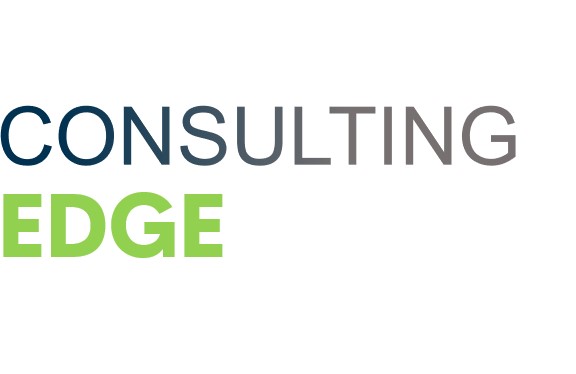Is it a project management acronym or something else entirely? If you are a project manager or work with projects on an individual level, then understanding RAG status is important. Because it will help you know when to act in order to successfully complete your project.
Here, we will explore what RAG status means and why you need to know about it. We will also discuss how to identify the RAG status of your project and what you can do if you find that your project has been assigned a low-priority rating.
What is RAG status?
RAG stands for Red, Amber, and Green. It is an acronym for projects that are currently in the risk, acceptance, and goals state. The RAG stages of project management represent different outcomes or results based on how your project has progressed so far.
It’s a simple system that can be applied to any project whether it’s related to business or not. This allows you to measure the progress of your project, identify potential risks and other problems that might occur. It can also be used as a means for initiating change when necessary.
There are three levels of status:
- Red status: The problems that need attention.
- Amber status: Progress is being delayed.
- Green status: The project is running smoothly.
3 levels of RAG status:
As we’ve discussed, RAG status is comprised of three color-coded stages: red, amber, and green. Each one has a different meaning that can help you manage your project more effectively.
Let understand all of them deeply;
Red Status:
This is the riskiest stage in which you need to take corrective actions before any further advancement towards completion can take place. This means that there are bigger problems that need to arise than necessary due to delays during the project’s life cycle.
In this state, it’s important for everyone working on the project to work together. So that, they can communicate with each other and put their best foot forward. This way, they can find solutions as soon as possible.
For example, the project might be experiencing budget issues or time constraints, or there might be a lot of unclear tasks. In order for you to take action, you need to first understand what’s going wrong with your project at this stage. Once you identify what needs to be fixed in your project at this stage. Then it makes sense for you to talk with others.
Amber Status:
This state is the second-highest level of RAG status. This means that there are still problems, but they are less severe than in the red stage. So you have to take action before it becomes too late for your project to continue running smoothly.
In this stage, you have to work with your team so that they can understand what needs to be done in order for them to fix the problems. Once again, it’s important for everyone involved in the project to communicate and provide input on how best to solve their issues together.
To fix this problem, you need to identify what exactly needs attention and then find a solution accordingly. You can’t ignore or avoid these issues because they will only become more problematic over time if not dealt with immediately.
Green Status:
This is where things are running smoothly during a project. This means that there are no significant risks or other issues occurring which might cause delays or threaten its success.
This means the final outcome has been achieved by successfully managing risks throughout your project’s life cycle. You can take necessary actions towards completing it on schedule or ahead of schedule if possible.
In other words, green represents success after following all the necessary guidelines and project management principles. So, when things are in the green stage, it’s important to continue working together with your team and make sure that there aren’t any more issues.
Why RAG status is important?
RAG status is important because it can help you identify potential problems before they become a major issue. In project management, the three-color code allows for monitoring your project without having to watch every single detail.
By using RAG status as a tool, you will be able to focus on what’s most important and concentrate on achieving goals. You’ll be able to address any risks that might occur upfront. Instead of waiting until the problem becomes more serious or even worse. Even, it impacts deadlines and budgets which could result in loss of profits or other damages.
Therefore, using the RAG status system is a great way to track and control your project’s progress. You can use it to improve your overall project management.
Benefits:
There are lots of benefits when using RAG status to manage your project.
- It helps you take corrective action before things get worse and out of control.
- You can efficiently monitor the progress throughout your project’s life cycle.
- Better communication between everyone involved in a project.
- You can identify risks and resolve them before they become bigger problems.
- It helps you meet project deadlines while avoiding any unnecessary delays.
By knowing exactly where each task stands within the overall process. You’ll have peace of mind knowing whether there are issues present that can cause problems.
This way, you’ll also concentrate on the most important tasks since you won’t have to keep track of every single detail all at once. So, RAG status is an easy way for everyone involved in a project.
Identifying RAG status of the project
You can identify the different colors of a project by comparing its current state with goals set in advance. This will help you determine what stage the project is at currently and what actions are required further on.
When you have identified that your projects are either red, amber, or green then there are certain precautions that should be taken immediately depending on their severity level.
Time and the RAG Status:
As mentioned before, time is crucial to any project. So, you should make sure that every task runs smoothly and doesn’t fall behind schedule.
Accordingly, there are times when a project will need more attention than others such as the red or amber status phase. This means it’s important for everyone involved in the project to work together with your team members. So that they can improve their performance and overall outcome of the final result.
Budget and the RAG Status:
The budget is another one of the key factors that you need to take into consideration when managing a project.
So, it’s important for everyone involved in a project to pay attention and stay focused throughout its life cycle. This can help prevent unnecessary expenses or other damages which may occur along the way.
Talent and the RAG Status:
Talent is another important element for any project. Since it can have a major impact on its success or failure throughout the process.
This way, you’ll be able to prevent delays which might result in a lack of profits that are hard to recover from later on. By staying focused and avoiding unnecessary risks at all costs when necessary. It will help everyone involved concentrate their efforts towards achieving better results.
Conclusion:
The RAG Status system is a great way to track and control your project’s progress. You can use it to improve your overall project management, by taking corrective action before things get worse and out of control. It helps you meet deadlines while avoiding any unnecessary delays.






